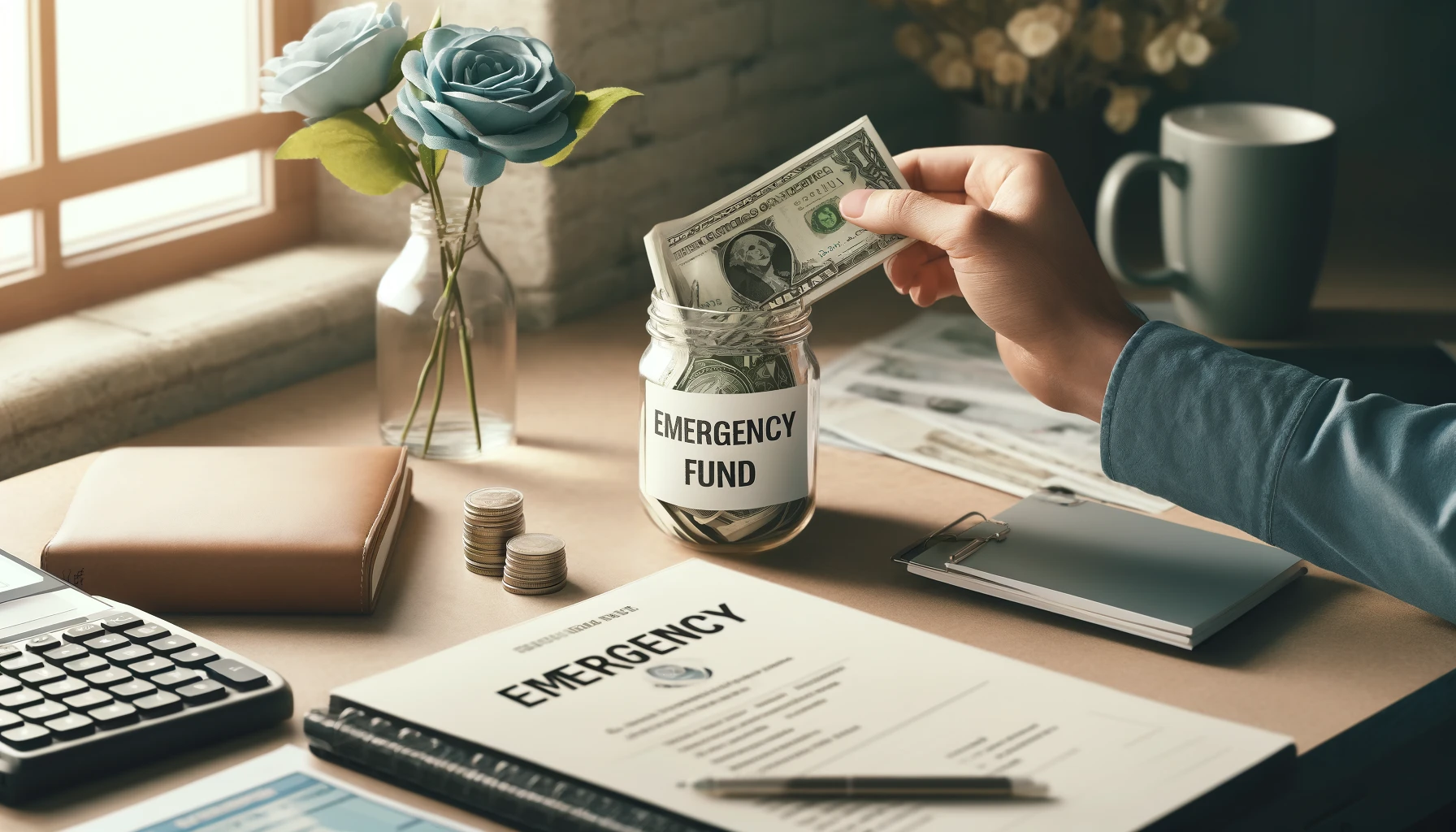Life is unpredictable. One day your car breaks down, the next a medical bill shows up. Without savings, you might turn to credit cards or loans—and that’s where financial problems begin. That’s why building an emergency fund is one of the most important steps toward financial stability.
Let’s explore what an emergency fund is, why it matters, and how you can start yours today—even with a tight budget.
What Is an Emergency Fund?
An emergency fund is money you set aside to cover unexpected expenses or financial emergencies, such as:
- Medical emergencies
- Car repairs
- Job loss
- Urgent home repairs
- Travel for family emergencies
It’s not money for vacations, shopping, or new gadgets. It’s a safety net that keeps you from falling into debt when life throws you a curveball.
Why You Need One
Here’s what an emergency fund does for you:
- Protects you from using credit cards or loans
- Reduces stress in crisis situations
- Helps you stay on budget, even during surprises
- Gives you freedom to make choices without financial panic
Think of it as financial armor. You hope you won’t need it, but if life hits hard, you’re covered.
How Much Should You Save?
This depends on your personal situation, but here are general guidelines:
Starter Emergency Fund
Begin with $500 to $1,000—ideal if you’re in debt or on a tight income.
Full Emergency Fund
Once your debt is under control, aim for 3 to 6 months of living expenses. This covers essentials like:
- Rent or mortgage
- Utilities
- Food
- Insurance
- Transportation
If your job is unstable or you’re self-employed, consider saving more.
Step-by-Step: How to Build an Emergency Fund
1. Open a Separate Savings Account
Keep your emergency fund in a separate, easy-to-access savings account, not mixed with your everyday money. That separation helps prevent you from “accidentally” spending it.
2. Set a Small Monthly Goal
Start with something realistic. Even $25 to $50 a month makes a difference. As your income grows or expenses shrink, increase your savings rate.
3. Automate Your Savings
Set up automatic transfers from your checking to your emergency fund right after payday. This builds the habit and ensures consistency.
4. Use Unexpected Income
Got a tax refund, bonus, or cash gift? Send part—or all—of it to your emergency fund.
5. Cut Small Expenses
Look for daily or weekly savings opportunities:
- Brew coffee at home
- Pack lunch instead of eating out
- Cancel unused subscriptions
- Limit impulse shopping
Apply those savings directly to your fund.
When to Use Your Emergency Fund
Only dip into your emergency fund for true emergencies, like:
- Medical expenses
- Car repairs necessary for work or life
- Essential home repairs (roof leaks, plumbing issues)
- Urgent travel (family crisis, funerals)
- Temporary loss of income
Not emergencies:
- Vacations
- Shopping sales
- Down payments
- Tuition (should be separately planned)
What to Do After Using It
If you need to use your emergency fund, don’t stress. That’s exactly what it’s for. Your next step is simply to rebuild it.
Go back to the basics:
- Restart monthly contributions
- Use side income if possible
- Treat rebuilding it like a top financial priority
Where to Keep Your Emergency Fund
You want it to be:
- Safe (not invested in risky markets)
- Easily accessible (but not too easy to spend)
- Separate from checking
- Earning some interest
A high-yield savings account is often the best option. Some people also use money market accounts or cash management accounts.
Your Emergency Fund = Peace of Mind
You can’t predict the future, but you can prepare for it. And when that unexpected bill arrives, you won’t panic—you’ll have the power to handle it.
Start where you are, with what you have. A little saved today can protect you a lot tomorrow.
